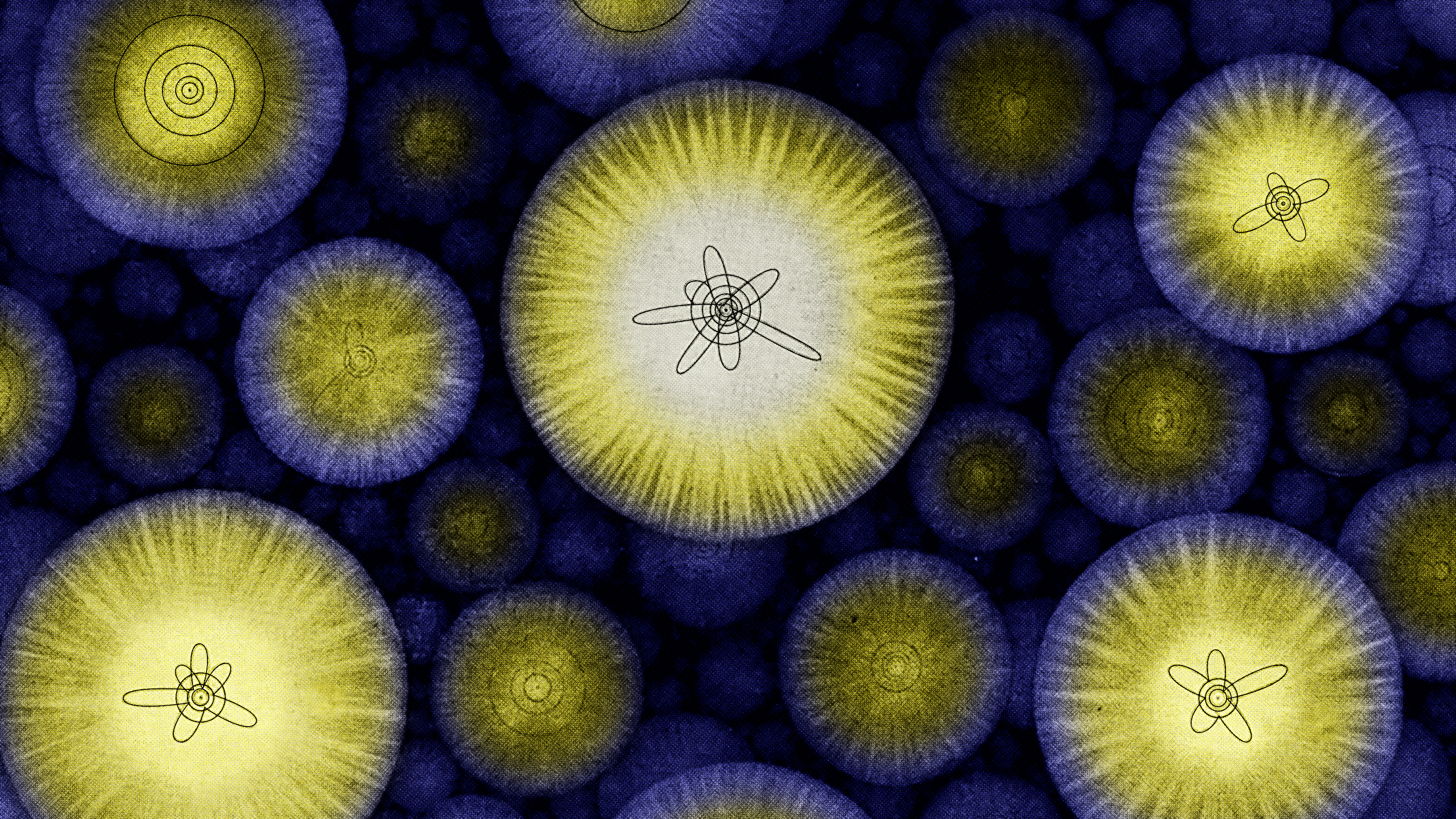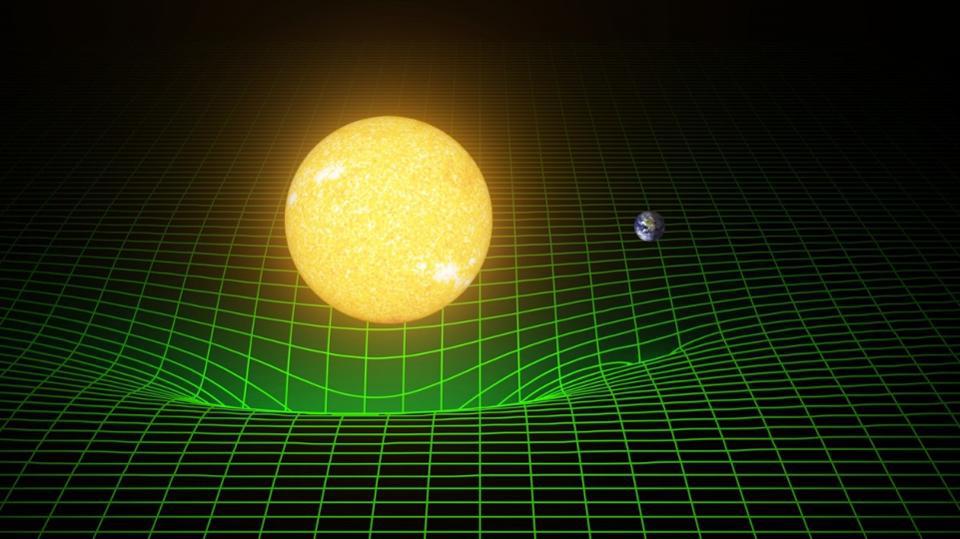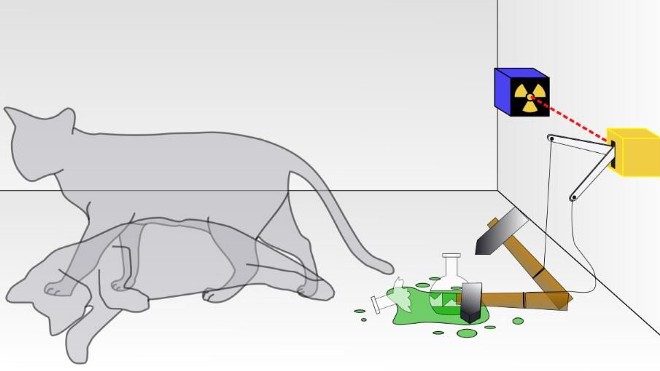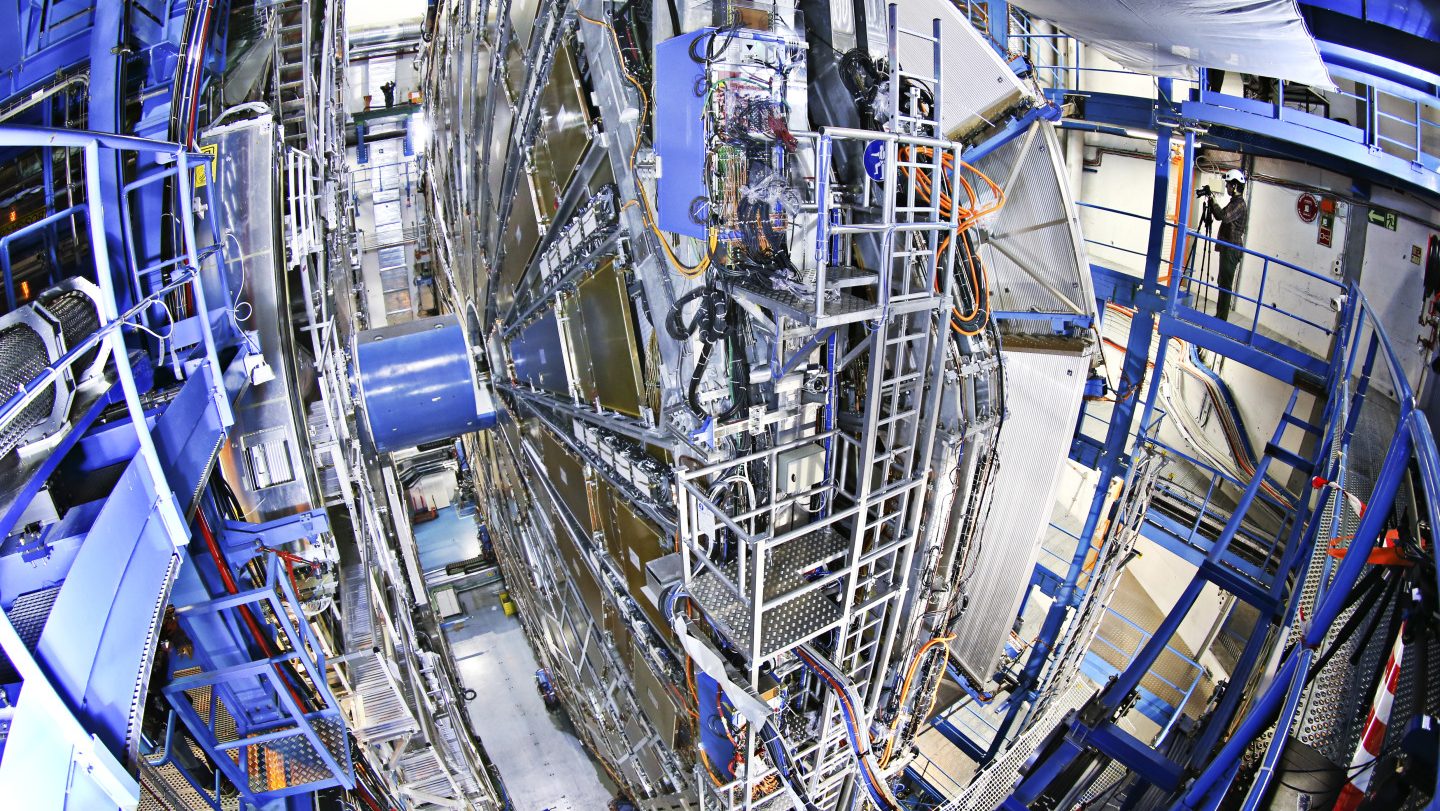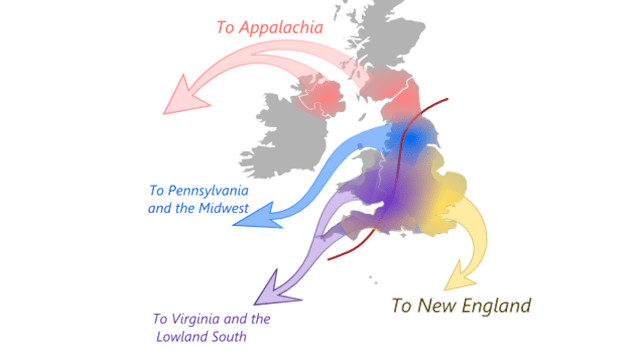Ultracold gas exhibits bizarre quantum behavior

Credit: Pixabay
Experiments by California physicists revealed “bizarre” behavior in an ultracold gas. The results promise innovations in quantum engineering and a connection between classical physics and quantum mechanics.
The scientists used lasers to set up an optical trap for lithium atoms. As they were held in a lattice formation, pulses of energy shook up the system and made the atoms exhibit truly unusual quantum activities.
The research was carried out by UC Santa Barbara undergraduate student Alec Cao, who was the lead author of the paper, and his colleagues in professor David Weld’s Atomic Physics group.
The scientist’s lab specializes in creating “artificial solids,” described as “low-dimensional lattices of light and ultracold atoms” by the university’s press release. These solids can simulate how quantum particles would behave in dense solids that are subjected to repeating force. The experiments go back to the work of the Nobel laureate physicist Felix Bloch for the underpinning. Bloch predicted that if you apply constant force to a quantum particle in a periodic quantum structure, it will start oscillating.
Despite Bloch’s theoretical prediction, actual observation of such oscillations didn’t happen until 2018, also by Weld’s group.
In the new experiment, they changed laser intensities and outside magnetic forces, creating time dependency and curving the lattice. This established a force field leading to slow oscillations that “gave us the opportunity to look at what happens when you have a Bloch oscillating system in an inhomogenous environment,” explained Weld.
Quantum Mechanics, Onions, and a Theory of Everything | Astrophysicist Lawrence Krausswww.youtube.com
And what happened was quite unexpected, according to the researchers. The atoms were shooting back and forth, moving further apart at various intervals, and even created patterns in reaction to the energy pulses.
“It was a bit bizarre,” explained Weld. “Atoms would get pumped in one direction. Sometimes they would get pumped in another direction. Sometimes they would tear apart and make these structures that looked like DNA.”
To explain what they were seeing, the scientists applied Poincaré sections – a mathematical technique developed for classical physics.
“In our experiment, a time interval is set by how we periodically modify the lattice in time,” said Cao. “When we chucked out all the ‘in-between’ times and looked at the behavior once every period, structure and beauty emerged in the shapes of the trajectories because we were properly respecting the symmetry of the physical system.”
Professor Weld pointed out that Alec understood that these paths could tell precisely “why in some regimes of driving the atoms get pumped, while in other regimes of driving the atoms spread out and break up the wave function.”
The research may have applications in topological quantum computing as well as advancing knowledge of how quantum chaos appears, explaining such phenomena as the butterfly effect.
Check out the new study in Physical Review Research.

